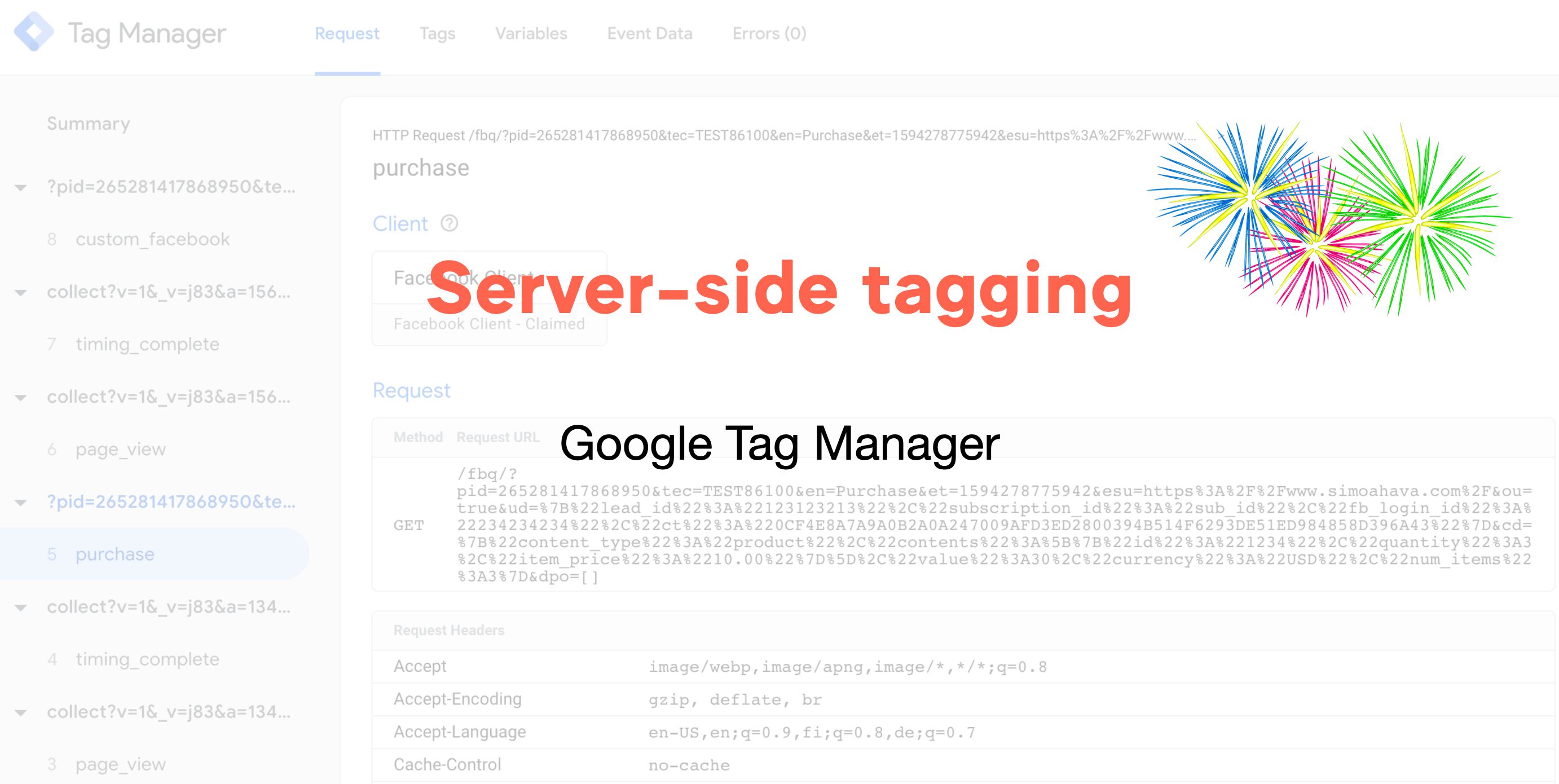This canonical post covers everything from GTM Clients and endpoints to data validation and custom domain setup. Simo Ahava walks through how GTM Server works under the hood, providing developers with the context and tooling to implement it confidently.
Featured Resources
Hand-picked essential reads for analysts
This comprehensive guide explains the why and how of server-side tracking, including architecture options like proxy vs. cloud-edge, GTM Server basics, and phased rollout strategies. It's ideal for teams moving beyond browser-based analytics and looking to improve data quality and privacy compliance.
This workbook introduces the 'double three-layer' framework for event structures, organized by customer, product, and interaction layers. It's designed to help teams build a lean, analyzable event taxonomy that ties directly to business questions. Essential reading for anyone starting a tracking setup from scratch.
Mina Mutafchieva explains how unit economics can serve as a diagnostic tool rather than just a reporting metric. She shows how to analyze customer cohorts, align spend with ROI, and avoid common pitfalls like cost-cutting without insight. Packed with real-world boardroom questions and frameworks.
This post by A16Z outlines the most important KPIs for two-sided marketplaces. Metrics include match rate, take rate, market depth, and concentration of supply. It offers a rigorous diagnostic toolkit for founders, investors, and operators looking to assess or pitch marketplace startups.
This essay breaks down how predictable revenue models—especially SaaS—drive higher valuation multiples. Gurley introduces a revenue quality scorecard, making a strong case for why investors love subscriptions over transactional income. Essential for founders preparing for fundraising or long-term scaling.
This influential essay introduces Aggregation Theory, which explains the power of internet companies like Google and Facebook that aggregate demand. It explores how zero distribution costs enable them to scale rapidly while owning the user relationship. A must-read for understanding platform dominance in digital markets.





